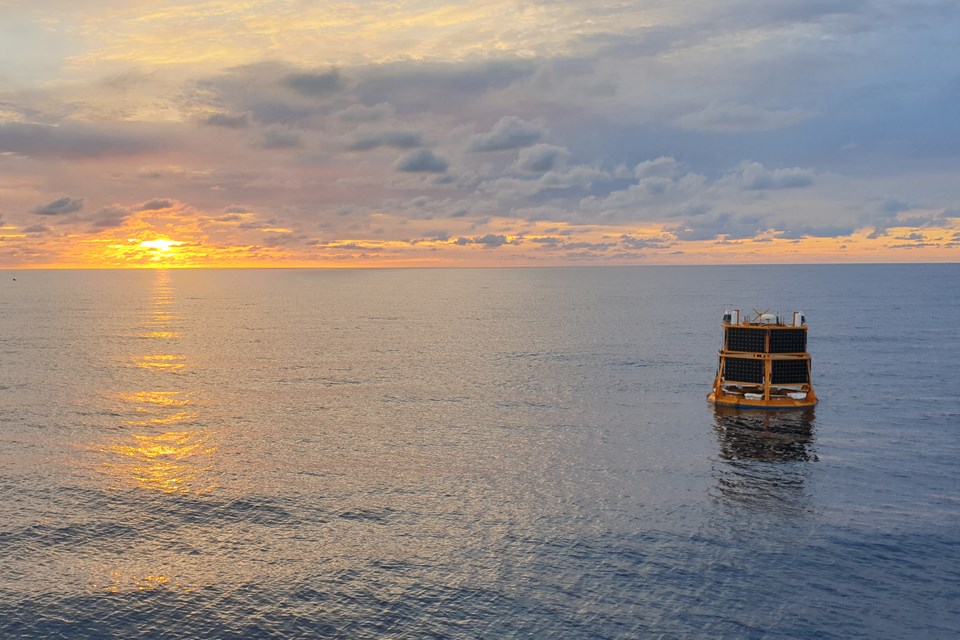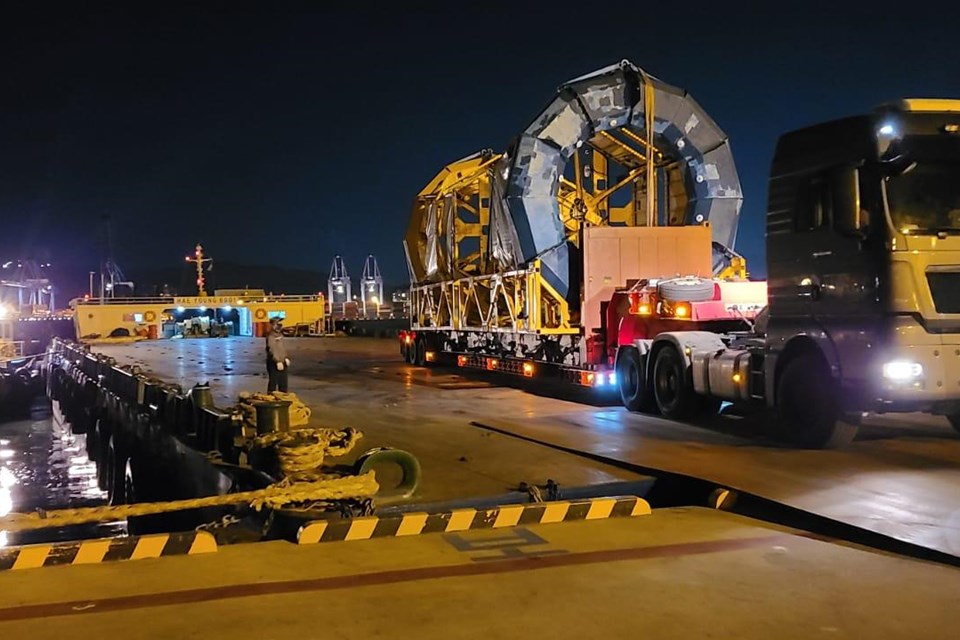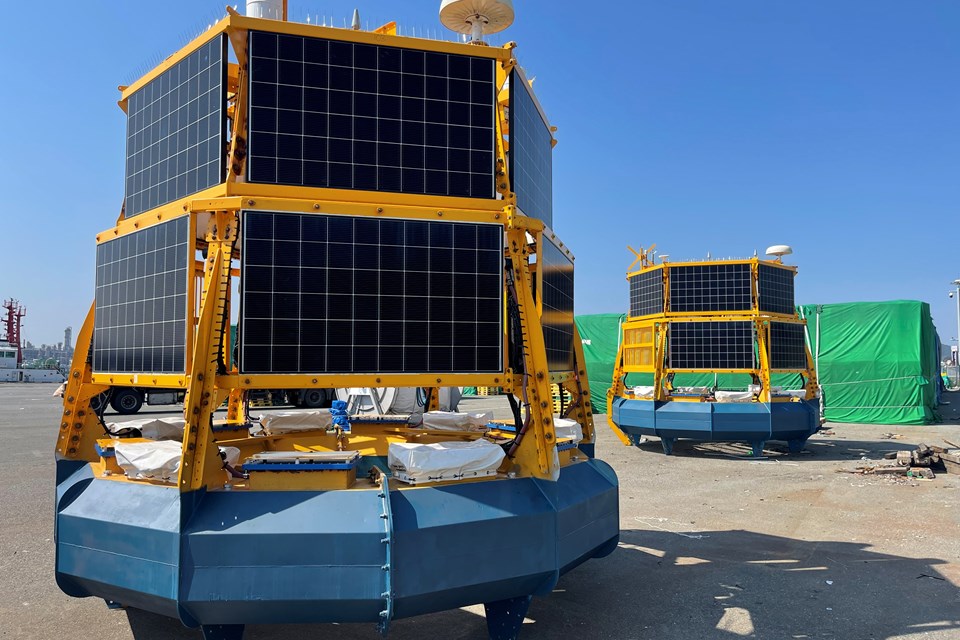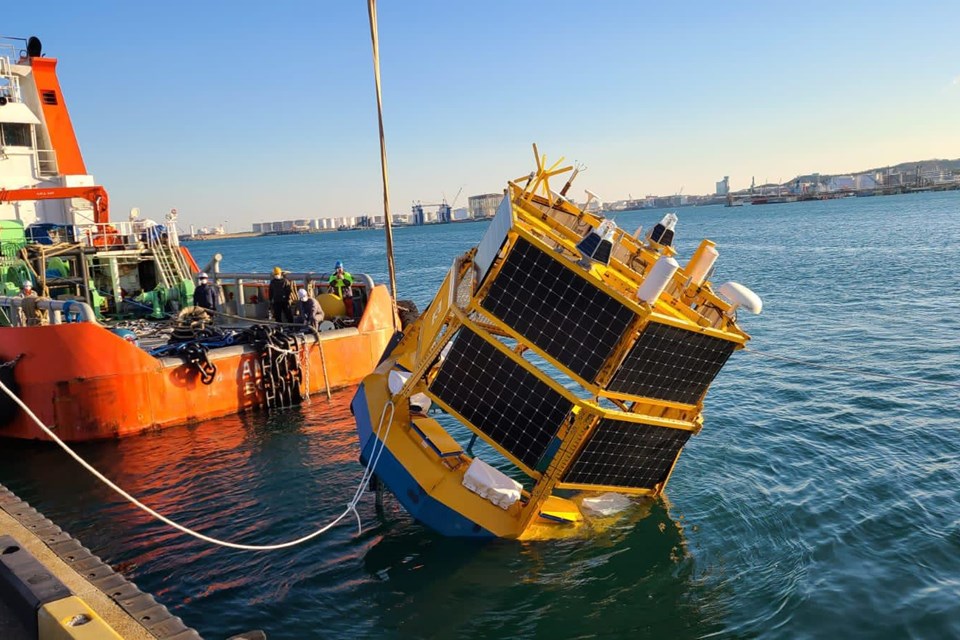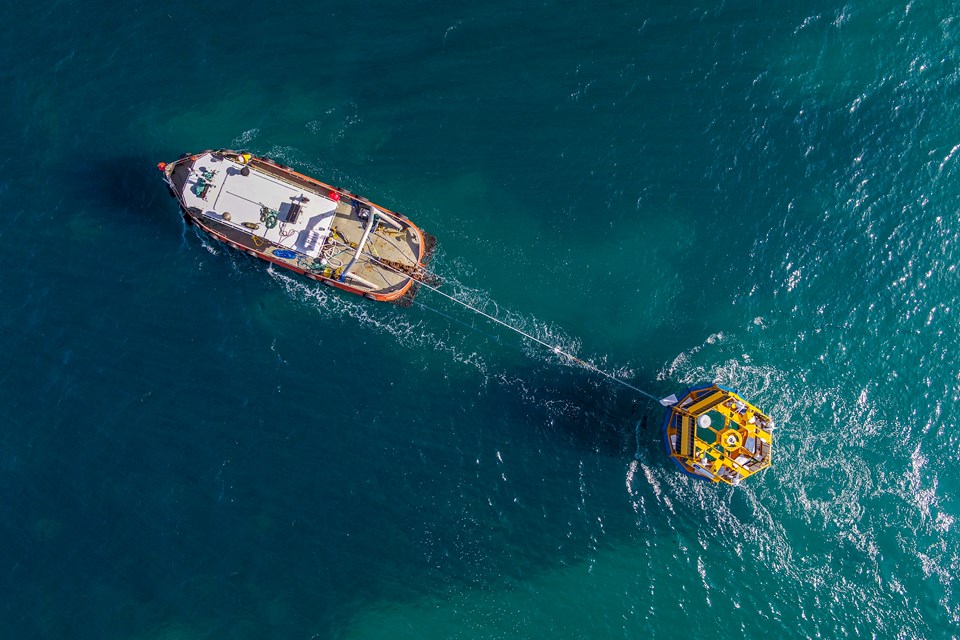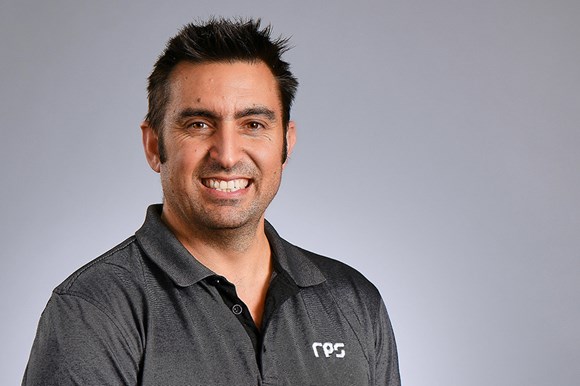LiDAR buoys being deployed off the coast of Ulsan
Due to COVID-19 travel restrictions the Australian team couldn’t be on-site to oversee this activity themselves – but thanks to our partnerships and local presence through Sangmok Roh, our Country Manager South Korea, we were still able to deploy and operate these buoys on time.
These buoys spent 12 months moored some 80km out to sea collecting and transmitting wind and wave data to validate the wind resource and assess design conditions for Equinor.

